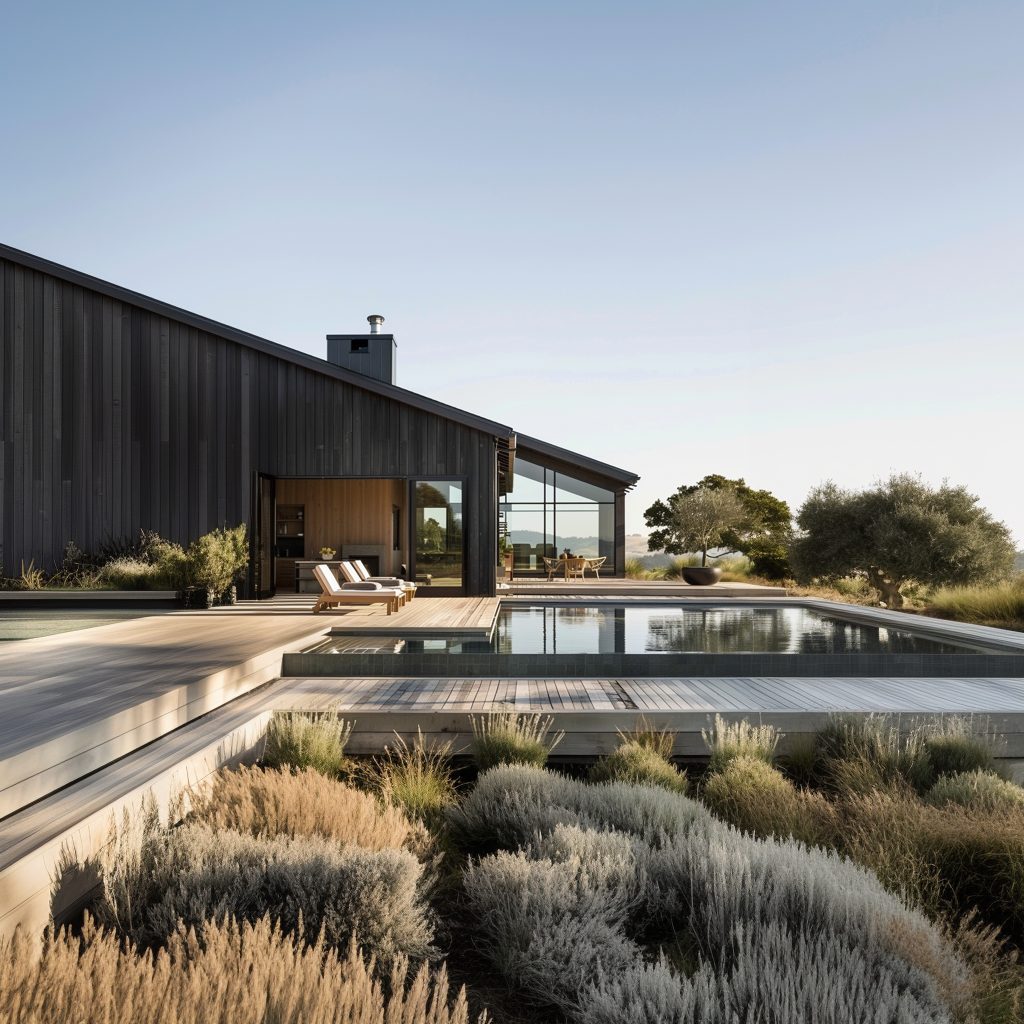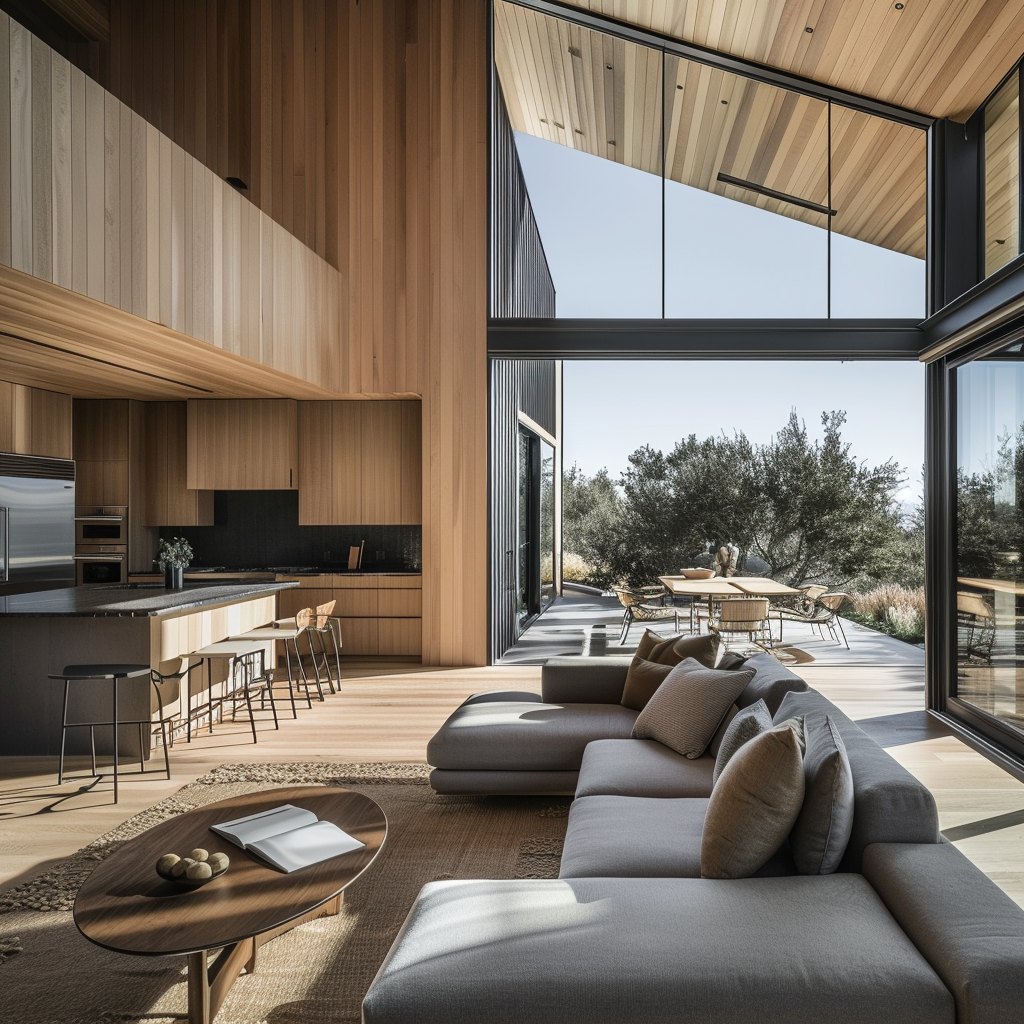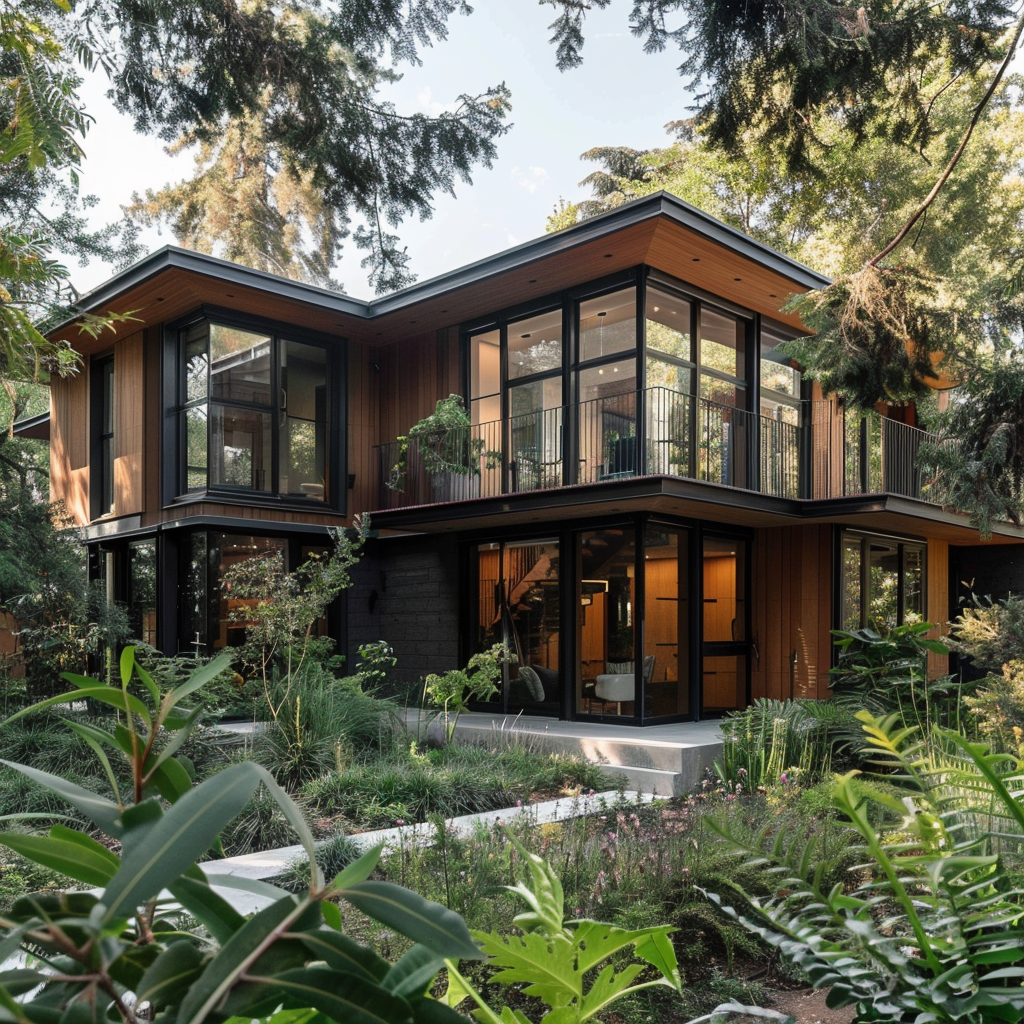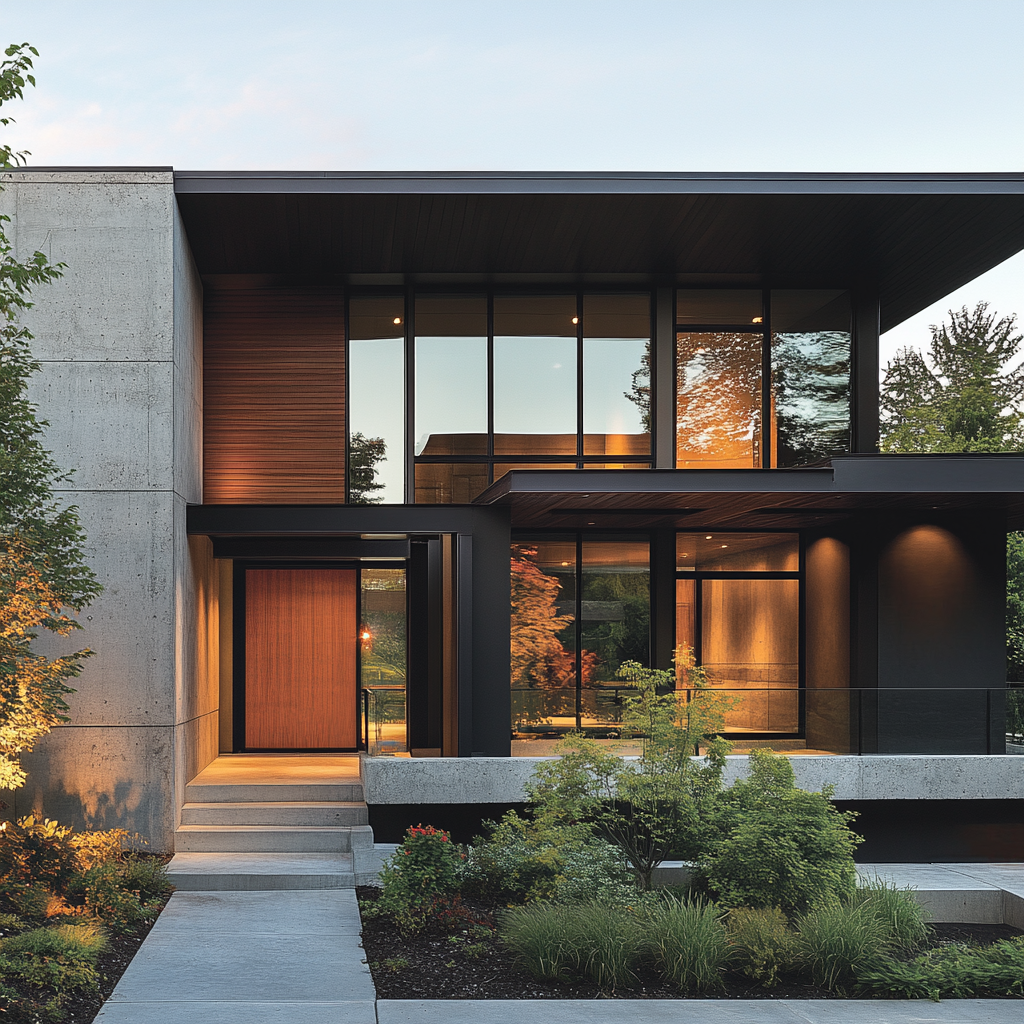Introduction
There’s a common misconception that sustainability and great design are at odds. Some people picture sustainable buildings as ugly, boxy structures prioritizing efficiency over aesthetics. But in reality, the most successful sustainable designs are also the most beautiful.
Why? Because sustainability is about longevity. And for a building to last, it needs to be loved. A well-designed, visually compelling space doesn’t just reduce waste and energy consumption—it invites people to care for it, maintain it, and keep it standing for generations.
From the way natural light transforms a space to the use of local, natural materials that enhance both beauty and performance, sustainability and stunning design are deeply intertwined. Let’s explore how these principles work together to create architecture that is as enduring as it is elegant.
1. Longevity: The Ultimate Sustainability Factor
The most sustainable building isn’t necessarily the one with the most solar panels or the highest energy efficiency rating—it’s the one that stands the test of time. A net-zero structure that gets demolished within a decade due to poor design is far from sustainable.
Longevity is key to sustainability. When a building is thoughtfully designed, people want to preserve it, adapt it, and continue using it. On the other hand, buildings that are aesthetically unappealing or functionally flawed are more likely to be torn down—leading to massive material waste and environmental impact.
The Cost of Demolition:
- In United States alone, the EPA estimates that the waste from construction and demolition (C&D) accounts for over 600 million tons per year in the U.S. (That amount in weight is like throwing away 1.5 billion cars into landfills annually.)
- Note: about 90% of this waste is just from demolishing existing structures, not new construction.
- Every time a building is torn down, the embodied carbon in its materials—concrete, steel, wood—is lost, requiring additional emissions to replace it.
The Solution:
Sustainable architecture isn’t just about energy efficiency—it’s about creating buildings that people want to keep. By prioritizing timeless design, adaptability, and durability, we ensure that structures remain relevant and functional for decades to come.
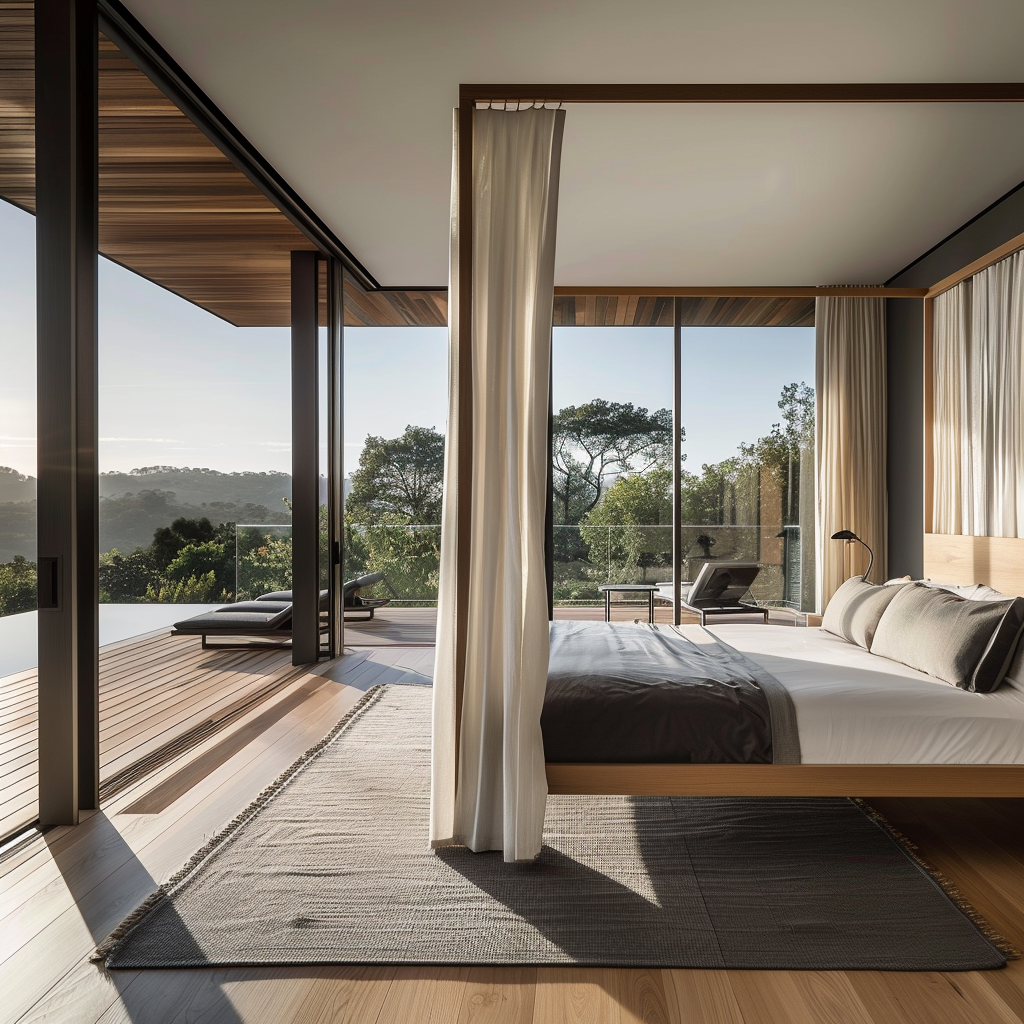
2. Natural Light: The Intersection of Comfort and Energy Efficiency
There’s a reason why homes and offices with ample daylight feel so inviting. Natural light enhances mood, improves productivity, and makes spaces feel more open and welcoming. But beyond its aesthetic benefits, it’s also a key element of sustainable design.
The Energy Savings of Natural Light:
- Lighting accounts for about 17% of electricity use in commercial buildings (U.S. Energy Information Administration).
- Well-designed daylighting strategies can reduce energy consumption by 20-60%.
- Spaces with more natural light lead to higher workplace satisfaction and better sleep quality in homes.
However, simply adding more windows isn’t the answer. Strategic placement is essential to prevent glare, overheating, and privacy issues. Architects use tools like clerestory windows, light shelves, and shading devices to maximize daylight while maintaining comfort.
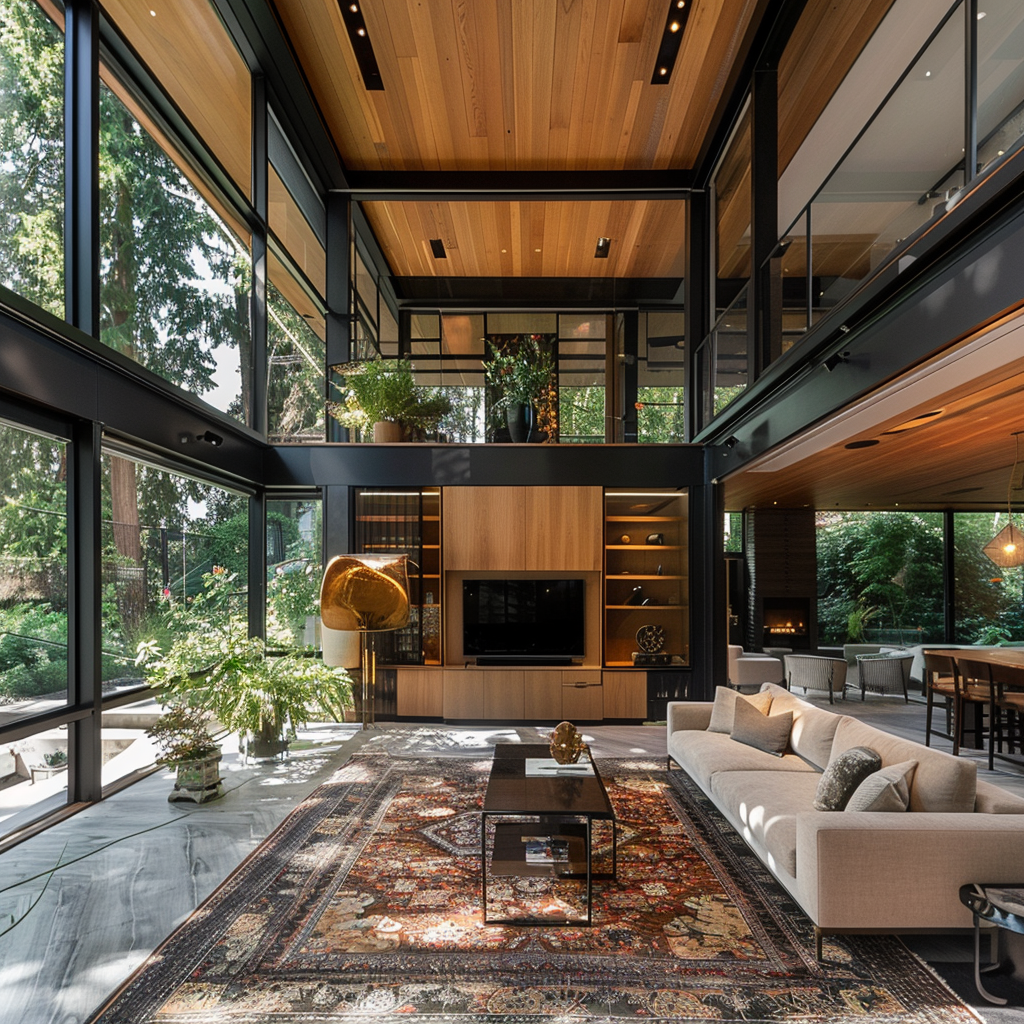
3. Locally Sourced, Renewable Materials: Sustainability Meets Natural Beauty
One of the most effective ways to reduce a building’s carbon footprint is to use locally sourced, renewable materials. Not only do these materials cut down on emissions from transportation, but they also create a natural, organic aesthetic that enhances the space.
Examples of Local, Renewable Materials from the Pacific West Coast:
- Douglas Fir – A strong, warm-toned wood used in both structure and finishes.
- Madrone – A dense hardwood with beautiful grain patterns, great for flooring and cabinetry.
- Rammed Earth – A striking, textured material that provides natural insulation.
- Reclaimed Redwood – Salvaged from old barns and buildings, bringing character and history to new projects.
By incorporating these materials, architects create buildings that feel grounded in their surroundings, sustainable in their sourcing, and timeless in their appeal.
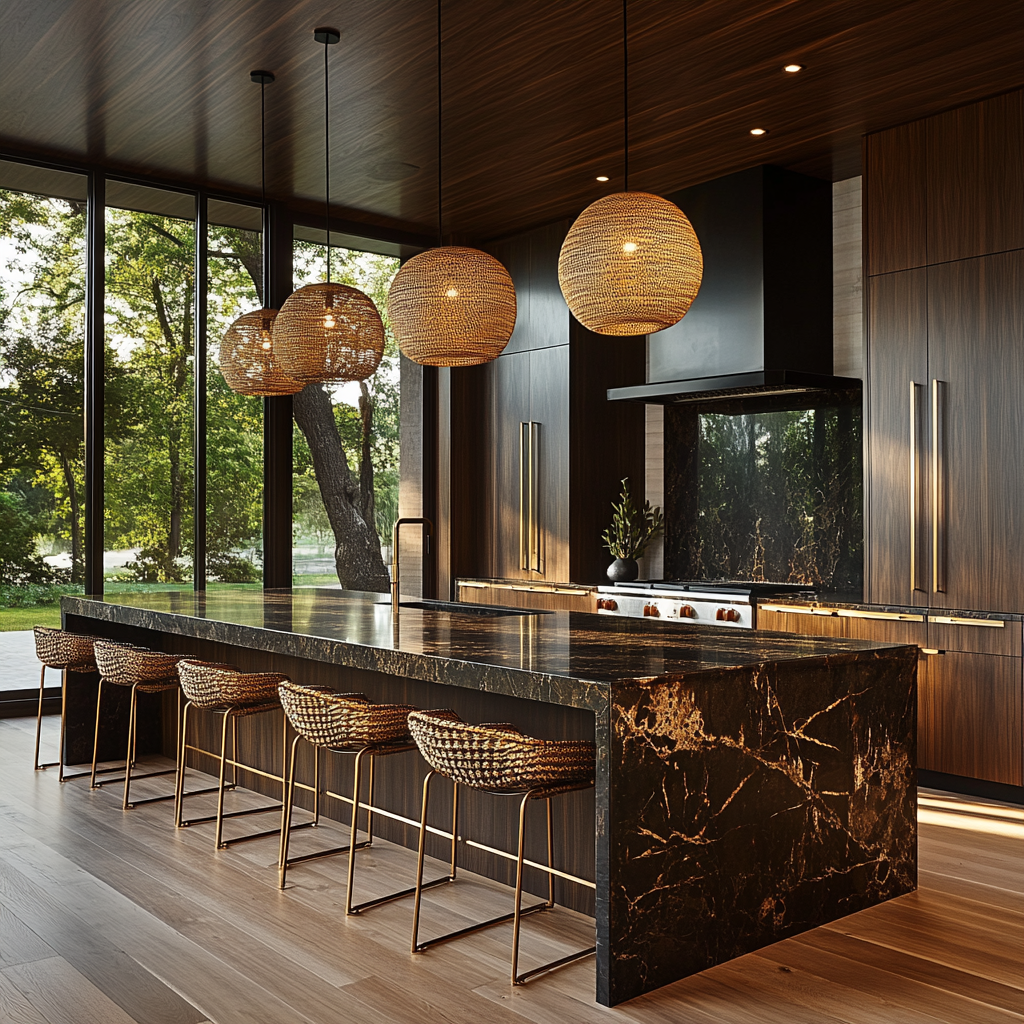
4. Recycled Materials: Luxury Without Waste
Recycled materials often get an unfair reputation for looking cheap or industrial. In reality, some of the most high-end, cutting-edge materials on the market are made from recycled content.
Examples of High-Design, Eco-Friendly Materials:
- Dekton & Cambria Quartz Countertops – Elegant, durable surfaces made from recycled stone and porcelain.
- Richlite – A paper-based composite that mimics the look of stone or wood.
- Recycled Glass Tiles – Stunning, iridescent tiles made from post-consumer glass.
- Reclaimed Wood Flooring – Adds warmth, character, and history to any space.
These materials prove that sustainability and luxury are not mutually exclusive. The best sustainable materials are as beautiful as they are responsible.
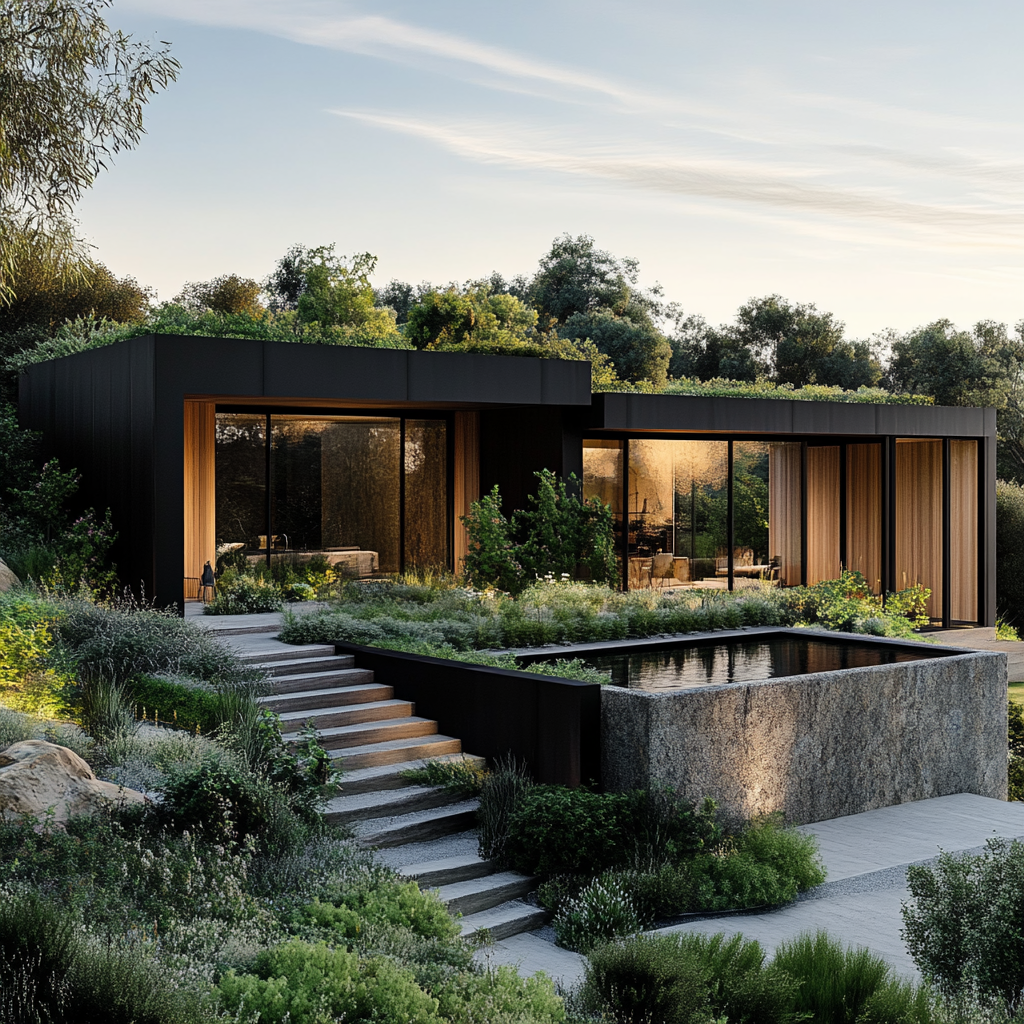
5. Passive Design: A Low-Tech Approach to Sustainability
Passive design focuses on harnessing natural forces—sunlight, wind, and thermal mass—to reduce energy consumption. And when done right, it also results in stunning, well-balanced spaces.
Passive Design Strategies:
- Building orientation – Positioning a structure to maximize winter sun and minimize summer heat gain.
- Green roofs & living walls – Not only do they improve insulation, but they also create lush, biophilic environments.
- Thermal mass – Using materials like rammed earth or concrete to store and regulate heat.
By integrating these elements, buildings blend seamlessly with their environment while staying comfortable and efficient year-round.
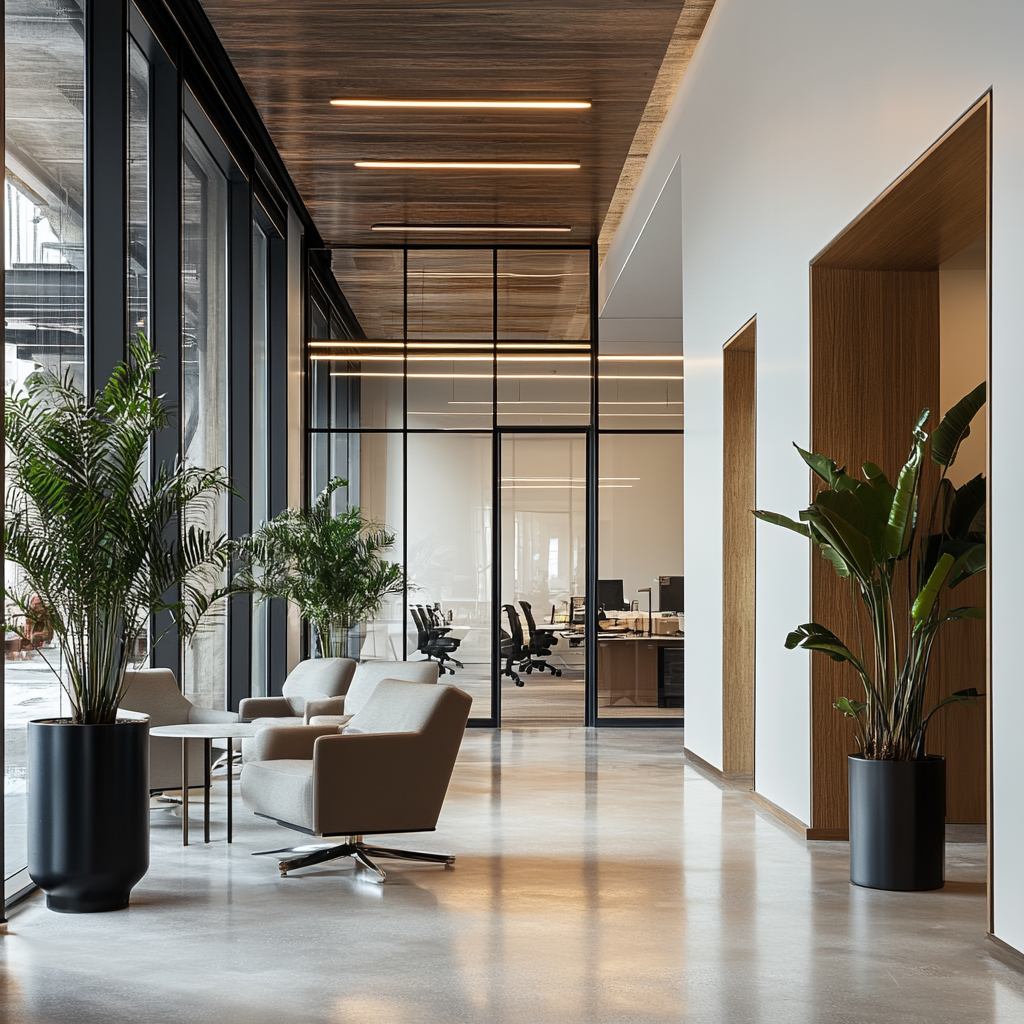
6. Biophilic Design: Bringing the Outdoors In
Humans are naturally drawn to nature, and biophilic design taps into that instinct. Incorporating greenery, water features, and natural materials makes a space more visually appealing while also improving well-being.
- Indoor gardens & courtyards bring nature into urban environments.
- Natural ventilation improves air quality and reduces energy use.
- Wood, stone, and water elements add warmth and a sense of tranquility.
When sustainability prioritizes human connection to nature, it results in spaces that people love to experience.
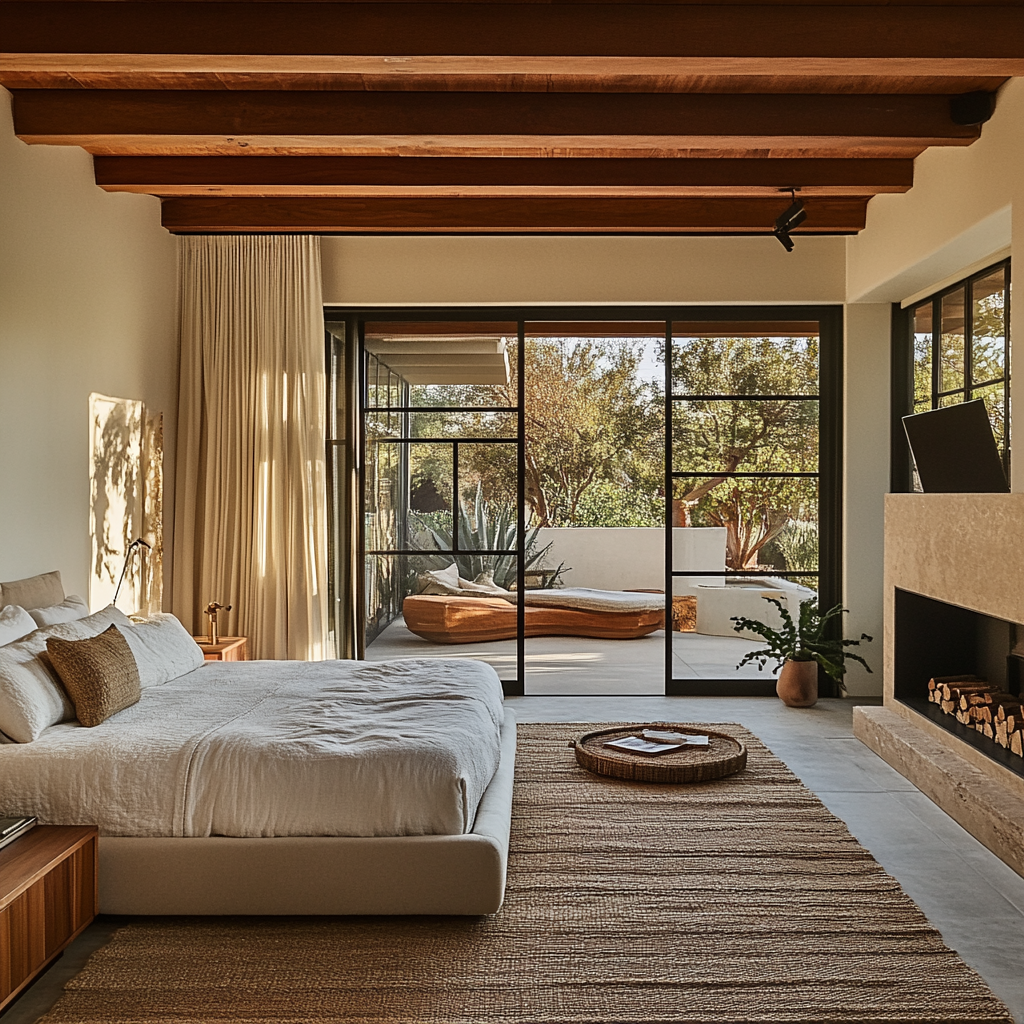
7. Smart Technology: Efficiency Without Compromise
Today’s smart technologies allow buildings to be both highly functional and beautifully designed.
Examples of Smart Sustainable Design:
- Automated shading & lighting – Adjusts based on sunlight levels.
- Energy-monitoring systems – Helps optimize consumption.
- Smart HVAC systems – Adjusts heating and cooling based on occupancy.
By integrating technology with design, architects create spaces that are both intuitive and effortlessly sustainable.
Conclusion: A Future Where Sustainability and Beauty Coexist
Sustainable design isn’t just about minimizing harm—it’s about creating buildings that inspire, endure, and enhance our daily lives.
When sustainability is prioritized alongside aesthetics, the result is architecture that stands the test of time—both visually and environmentally.
By focusing on longevity, natural materials, passive strategies, and cutting-edge innovations, we create spaces that aren’t just responsible—they’re remarkable.
